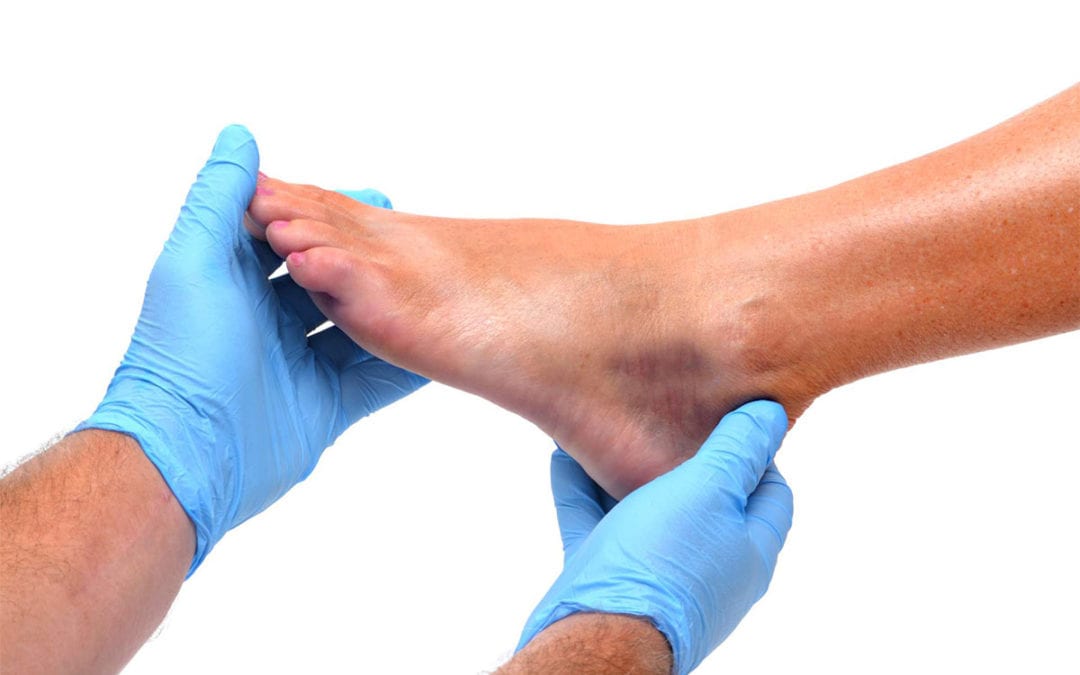Make Sure to Warm Up
Never forgo the warm-up exercises. These are especially important in keeping the risk of injury low and helping to keep you limber. Also, make sure to choose warm-up exercises that pertain to your sport. Do some ankle strengthening exercises to better help you with balance, especially if you are running (or walking) on an uneven surface. Lastly, be sure to pay attention to what you are doing. It sounds simple, but it is often forgotten. Be aware of your environment when on stairs or rocky ground.
Choose Appropriate Shoes
This is a huge means of prevention that people tend to ignore. If you are running, make sure you are wearing appropriate running shoes. If you are playing soccer, be sure to wear cleats. Having the appropriate footwear can be a method of prevention in itself. This is true for activities outside of sports as well. Walking in heels or sandals can increase your risk for injury since they lack stability. They are okay for a short period of time but wearing them every day isn’t recommended. Instead, try to choose shoes that are both supportive and stylish.
Be Mindful of Recurring Injuries
For those people who have already had multiple ankle injuries, preventing future ones can prove to be a difficult task. Be sure to tape or brace a weak ankle, especially when you are active right after it has healed. It is also a good idea to pay attention to your body. Don’t push yourself too much if you start to feel pain around your ankle.
If you, or someone you know, are having trouble managing an ankle sprain, or have questions regarding ankle sprain injuries, contact us today. Let us treat and diagnose your symptoms so you can get back to living your active, healthy and best life yet!

